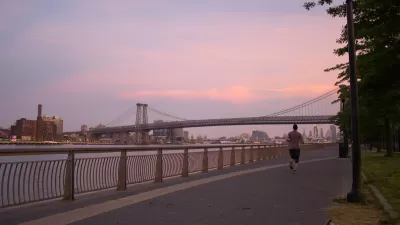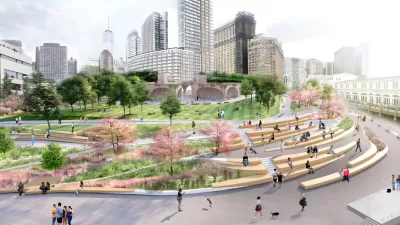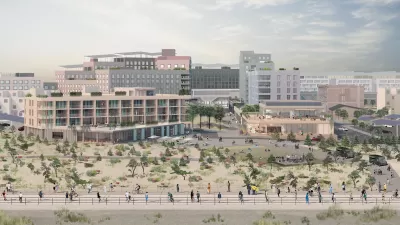While Staten Island and Rockaway, Queens also suffered devastation from Superstorm Sandy; Broad Channel, an island in Jamaica Bay, Queens, may be the lowest lying area in the City and endures tidal flooding regularly, not just from storm surges.
Referred to as the “Venice” of New York according to the Broad Channel Historical Society, Kia Gregory writes of the efforts - considered questionable by some, to safeguard Broad Channel, a tight-knit, island community of 3,000 that "suffers flooding from the tides and heavy rain, not just from storm surges". The city is "budgeting $22 million to install bulkheads and raise streets and sidewalks by three feet".
The Broad Channel project offers a preview of the infrastructure outlays that Mayor Michael R. Bloomberg is envisioning as part of a new $20 billion plan to protect the city’s 520 miles of coast over the next decade from rising sea levels.
However, according to Eric A. Goldstein, director of the Natural Resources Defense Council's New York City Environment, Broad Channel "may be surviving on borrowed time." More to the point, he asked, "How much sense does it make to keep reinvesting taxpayer dollars in a community that is directly in harm's way?" He suggests that rather than funding climate adaptation efforts for some communities, it may make more sense to fund relocation programs.
In fact, Mayor Bloomberg's adaptation plan notes the difficulty in safeguarding the Jamaica Bay waterfront, stating that it would be "extremely expensive, and disruptive, and in some cases nearly impossible".
Notwithstanding those concerns, improvements are slated to begin by installing bulkheads, water mains, drains, and sewers on four streets, and then raise them by three feet, using "a so-called shared-streets design, meaning cars, bicyclists and pedestrians will share the roadway".
Adding to Mr. Goldstein's reservations, only half the families on the street hardest hit by Sandy have returned.
Watch the 2:43 minute video by Stephen Farrell to get a better insight into the challenges of safeguarding Broad Channel.
FULL STORY: Where Streets Flood With the Tide, a Debate Over City Aid

Study: Maui’s Plan to Convert Vacation Rentals to Long-Term Housing Could Cause Nearly $1 Billion Economic Loss
The plan would reduce visitor accommodation by 25,% resulting in 1,900 jobs lost.

North Texas Transit Leaders Tout Benefits of TOD for Growing Region
At a summit focused on transit-oriented development, policymakers discussed how North Texas’ expanded light rail system can serve as a tool for economic growth.

Why Should We Subsidize Public Transportation?
Many public transit agencies face financial stress due to rising costs, declining fare revenue, and declining subsidies. Transit advocates must provide a strong business case for increasing public transit funding.

Dear Tesla Driver: “It’s not You, It’s Him.”
Amidst a booming bumper sticker industry, one writer offers solace to those asking, “Does this car make me look fascist?”

A Visual Celebration of Manhattan’s Chinatown Elder Community, Through Food
Lanterns, cafeteria trays, and community connection take center stage in this stunning photo essay.

How to Make US Trains Faster
Changes to boarding platforms and a switch to electric trains could improve U.S. passenger rail service without the added cost of high-speed rail.
Urban Design for Planners 1: Software Tools
This six-course series explores essential urban design concepts using open source software and equips planners with the tools they need to participate fully in the urban design process.
Planning for Universal Design
Learn the tools for implementing Universal Design in planning regulations.
City of Santa Clarita
Ascent Environmental
Institute for Housing and Urban Development Studies (IHS)
City of Grandview
Harvard GSD Executive Education
Toledo-Lucas County Plan Commissions
Salt Lake City
NYU Wagner Graduate School of Public Service





























